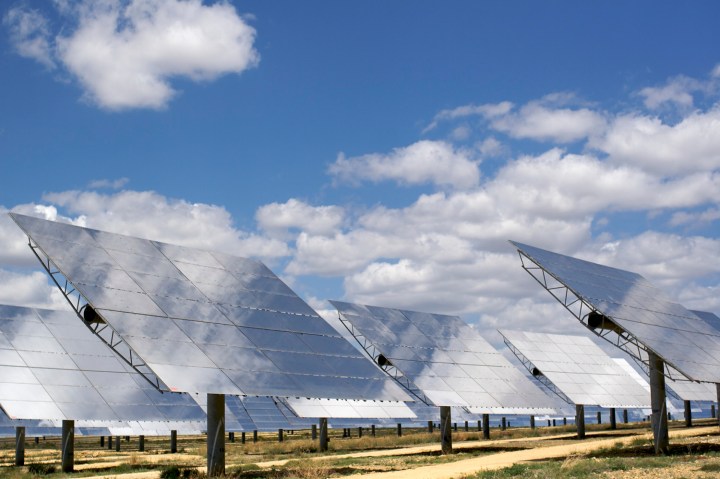
The May milestones was preceded by a month earlier when, on April 9, UK solar energy plants produced more energy in a single day than their coal-based counterparts.
Each of these milestones is facilitated by an increase in solar energy capacity in the UK, according to Carbon Brief, but a steady collapse in coal energy (which has been falling since 2012) has proven to be a more immediate factor. Last year, coal energy generation fell to it’s lowest point in 55 years. However, coal still managed to make up 10 percent of the country’s electricity supply throughout the year.
And the UK isn’t alone in it’s sustainable energy milestone.
Recently in Chile, solar energy production has been so efficient that the country’s infrastructure couldn’t keep up. Between January 1 and April 30, the South American country had 113 days in which it essentially gave away electricity for free. Matters were worse (or better) in Germany last month when clear skies and strong winds generated so much renewable energy that the price of power dipped into the negatives. That same month, Portugal ran on renewable energy for four days straight. Across the pond, Denmark generated 42 percent of its electricity in 2015 from wind turbines.
The UK isn’t there quite yet, and it’s millstones are mostly symbolic, according to Carbon Brief, but the country’s recent achievements are promising.


